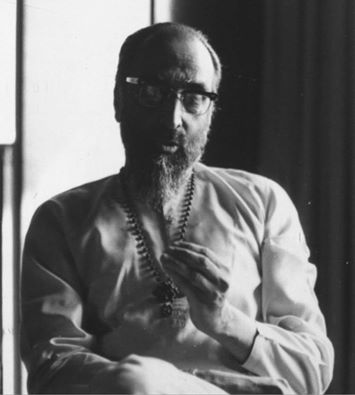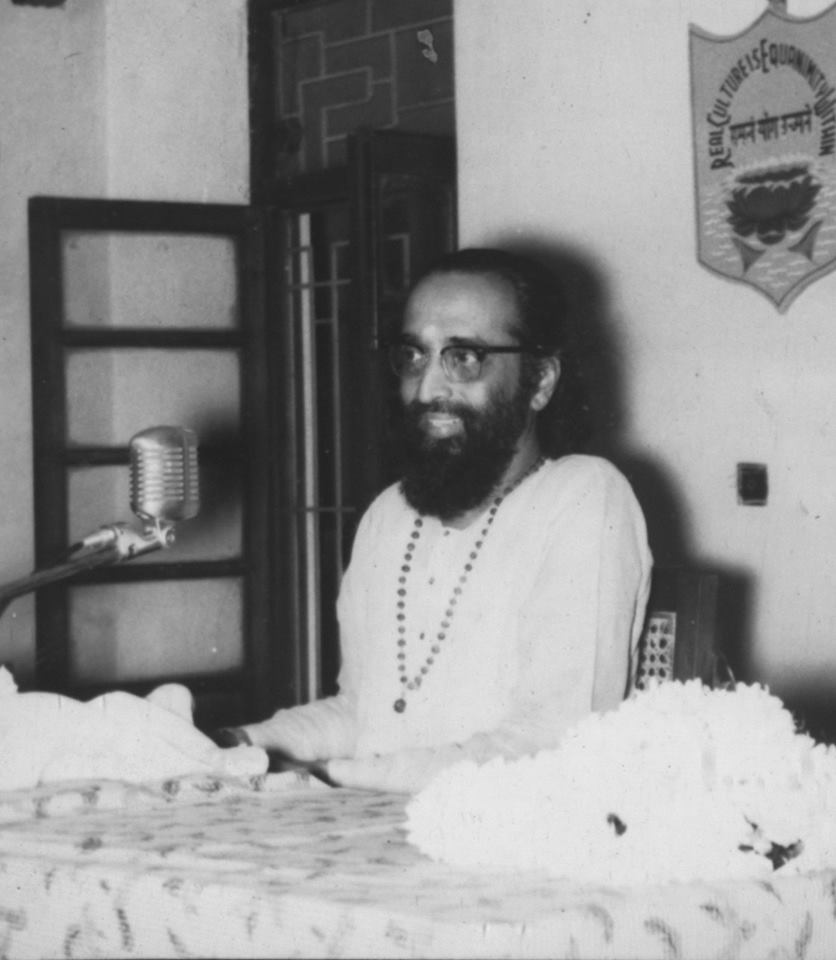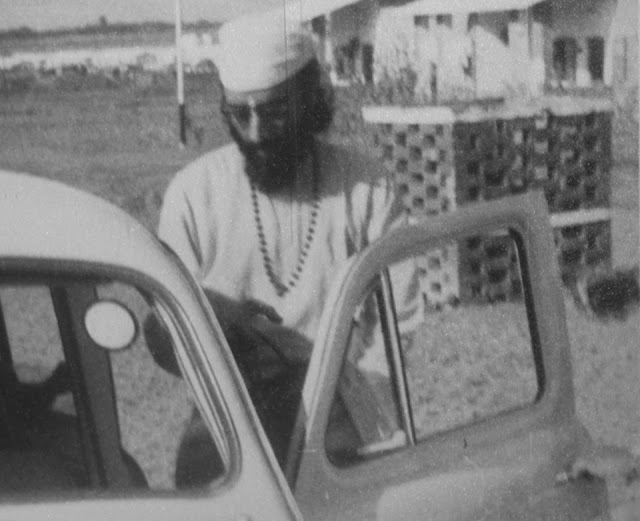MANDUKYA UPANISHAD : INTRODUCTION-12.

MANDUKYA UPANISHAD INTRODUCTION-12. As we had explained earlier ( in the Kena and the Kathopanishad blogs ) the Upanishad-s do not generally have an author for these great master pieces of literature. Thus, according to Sri Madhavacharya and his followers, Vyasa Tirtha and Srinivasa, both the prise passages of the Upanishad and the metrical verses contained in the first chapter were together handed down by Varuna in the foem of a frog ( Mandukya ). Mythological temperaments may feel satisfied with an explanation of this type...






